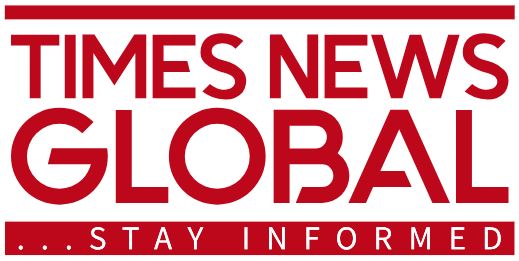Business
China’s Manufacturing Activity Declines Again Amid Trade Deal Uncertainty

BEIJING, China — China’s manufacturing activity contracted for the sixth consecutive month in September, a recent official survey revealed, indicating that producers are awaiting additional stimulus to boost domestic demand and gain clarity on trade agreements with the U.S.
The official Purchasing Managers’ Index (PMI) rose slightly to 49.8 in September from 49.4 in August, according to the National Bureau of Statistics. This figure, however, remains below the crucial 50-point mark that signifies growth versus contraction. The latest data surpassed the median forecast of 49.6 in a Reuters poll.
Experts attribute the ongoing slump in China’s economy to a lack of robust domestic demand since the pandemic, which continues to pressure both local manufacturers and international companies reliant on Chinese components.
In contrast, a different survey of factory managers highlighted a notable expansion in activity, marking the fastest growth since March, driven by rising new orders and increased production. The RatingDog General PMI, compiled by S&P Global, noted a rise to 51.2 from 50.5 in August.
"The rebound reflects a seasonal uptick as the disruptions from summer are behind us and the government is becoming more supportive," explained Xu Tianchen, a senior economist at the Economist Intelligence Unit. This official PMI’s figures reflect a mixed economic landscape.
Markets remained stable after the release of manufacturing data, focusing on upcoming stimulus plans from policymakers and a significant meeting of the Communist Party in October aimed at outlining the next five years of economic and social development.
Despite maintaining a cautious approach to major stimulus measures, the People’s Bank of China continues to assess various monetary policy tools to support the economy. Officials have not yet emulated the U.S. Federal Reserve in terms of interest rate cuts.
As evidence of the economic cooldown mounts, the official non-manufacturing PMI has dropped to 50.0 from 50.3 in August, marking its lowest level since November. The composite PMI, which includes both manufacturing and non-manufacturing sectors, saw a slight increase to 50.6.
The new export orders sub-index also continues to struggle, reflecting a contraction for the seventeenth month in a row, with employment and factory gate prices showing persistent weaknesses.
Despite the apparent economic challenges, China’s exports to rival India reached an all-time high in August, with shipments to Africa and Southeast Asia also on pace to set annual records.
Chinese leader Xi Jinping recently spoke with U.S. President Trump, marking their first communication in three months. While the call seemed to lower tensions, the anticipated agreement regarding the short-video app TikTok remains unresolved, complicating broader trade discussions.
According to Zichun Huang, an economist at Capital Economics, there are significant reasons to be skeptical about a sustained economic recovery. "Overcapacity remains an issue, and the decline in output price components suggests ongoing deflationary pressures,” Huang stated.










